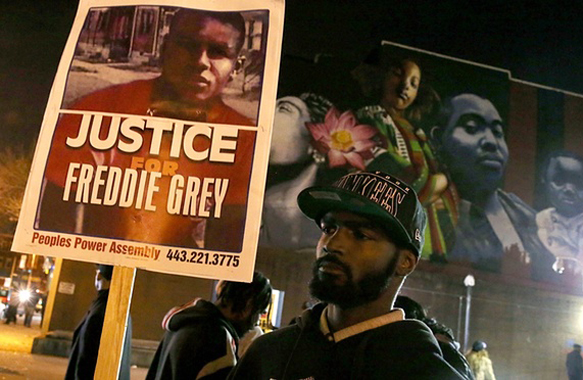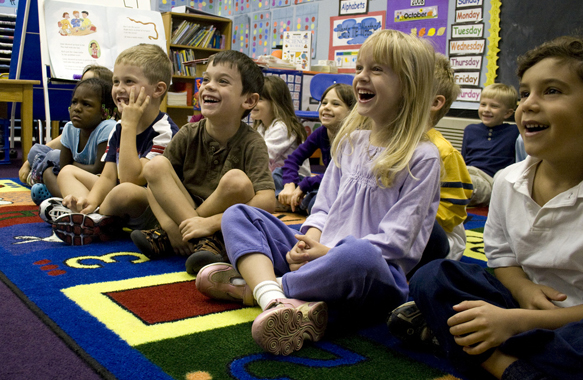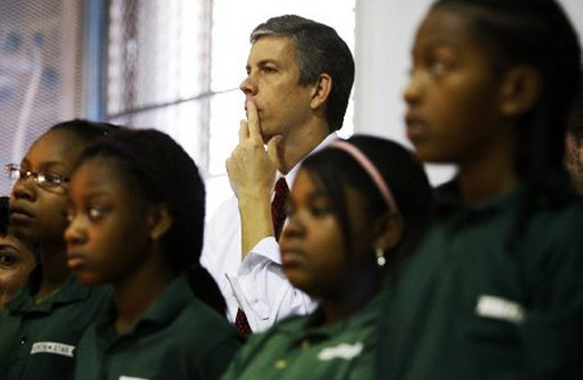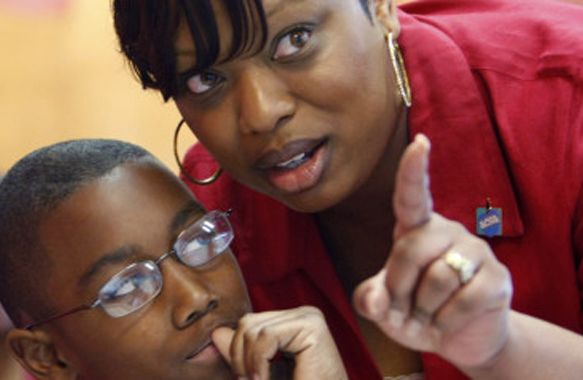The OST uses knowledge of turnaround efforts, including those of SIG and Priority Schools, to inform its monitoring, technical assistance, and policy decisions. It focuses on building the capacity of states and districts to improve student outcomes, and sustain the reforms, in their lowest-performing schools ~ Department of Education. Office of School Turnaround.
In every child’s life there is a parent and for most school age children, a Principal. Being either is significant. While styles may be different there is a need to be consistent. A child is more likely to stumble and fall if the ground beneath her is unstable. Even in the best of circumstances a little one can struggle, as can a school. At times, be we a student or a school, we just need to be reminded that we are able. If our circumstances, and more importantly the person we look up to is stable, then we will believe that we too are capable.
If you have any doubt just think about your own history. Abandoned at birth? Rejected at three? Beloved and adored, or watching your parent walk out the door? Whatever it might be, none of us is ever free from the influence of a “principal” person in our lives.
Oh, there are times when another might step in. Turnaround my child. Turnaround my school – We are told it is possible as long as the Principal is skilled. But how can that be when what we see is even the most competent are unsteady?
Turnarounds Face Challenges In Keeping Top Leaders In Place.
CPS has relied heavily on turnarounds to improve failing schools, but a Catalyst Chicago analysis shows that turnarounds face challenges in one area: Keeping top leaders in place.
Among 42 principals at the 18 schools that have been turnarounds for at least three years, about a quarter — 10 — have left either within a year of the turnaround itself or of taking over leadership at the school. Another quarter — 11 — left after two or three years.
In all, CPS has launched 34 turnaround schools, most of which are managed by the non -profit Academy for Urban School Leadership.
A RAND Corp. report found that about 20 percent of principals in urban districts nationwide leave within 1 to 2 years. But among CPS turnarounds, that figure was nearly double — 38 percent. What is more, there are other turnaround principals who have only been on the job for a short time and may quit before two years are up.
“For change to be endemic and sustained usually takes three to five years,” says William Robinson, executive director of the University of Virginia Partnership for Leadership in Education, which runs a program that trains principals as turnaround specialists. “You want either a consistent leader for at least five years or a systemic succession plan where there is continuity of effort across at least five years.”
But, Robinson notes, school turnarounds are often unsuccessful and must, in effect, hit the reset button if a principal is not sparking enough improvement.
“You can tell through leading indicators whether or not a leader is successful within the first year,” he notes. In these cases, a different principal might create more positive results for students in the long run.
Principal turnover often goes hand in hand with teacher turnover and is thought to create instability that, in turn, can jeopardize school improvement.
One example is Orr High School, where new turnaround principal Tyese Sims faced a rocky start in taking over from previous turnaround principal Jammie Poole, Catalyst Chicago reported in early 2011. Along with a rotating cast of assistant principals and a number of teacher firings, the change of leadership contributed to what students and staff described as a chaotic environment.
The challenge of running a turnaround school can prompt principals to leave, Robinson says. “Oftentimes, people are in over their heads, are overwhelmed, and aren’t experiencing a work-life balance,” he notes. For that reason, his program advocates that districts create system-wide policies that support school improvement instead of just relying on individual principals.
It’s not clear what is behind the overall turnaround turnover in CPS.
Sometimes, principals may be recruited fresh from one turnaround to launch another.
Other times, turnaround principals face extra scrutiny from higher-ups about how much progress they’re making. They may even run into disciplinary issues with CPS policies and procedures, says Clarice Berry, head of the Chicago Principals and Administrators Association.
“It’s just like an airplane crash,” Berry says. “Sometimes it’s pilot error; the principal makes a bad decision, doesn’t do something that is required, or doesn’t follow a policy – and that happens no matter what kind of school you’re in.”
Contributing: Jenna Frasier
Turnaround turnover
Among 42 principals of 18 schools that were turned around at least three years ago, here’s how many principals…
| Principal on the Job | Years of Service |
|---|---|
| Left after less than 3 years | 16 |
| Left after 3 to 5 years | 8 |
| Left because school closed | 2 |
| Still on the job (less than 3 years) | 15 |
| Still on the job (more than 5 years) | 1 |
NOTE: Includes all schools that were turned around at least three years ago, including those that have since been closed.
SOURCE: Catalyst Chicago analysis of state data and interviews with school staff












Leave A Comment